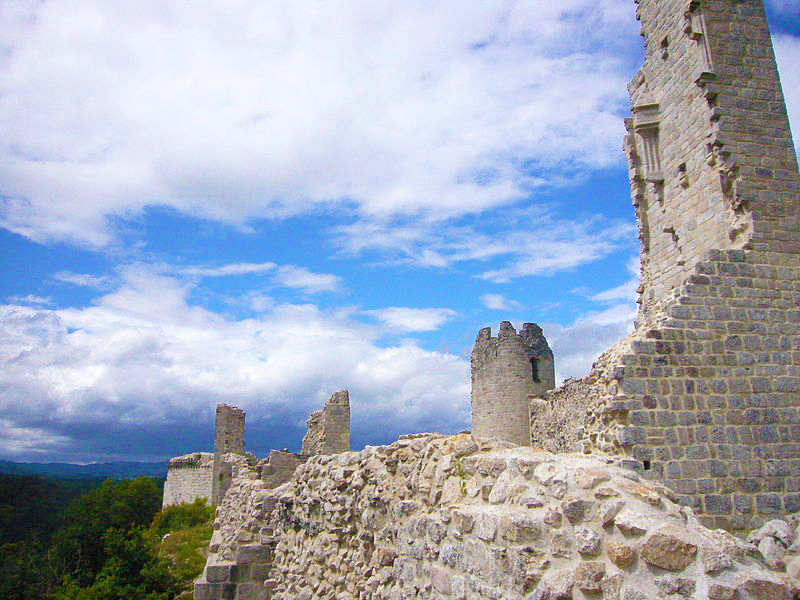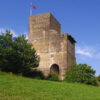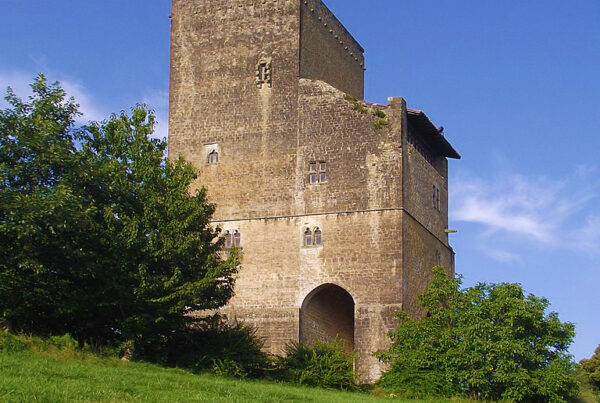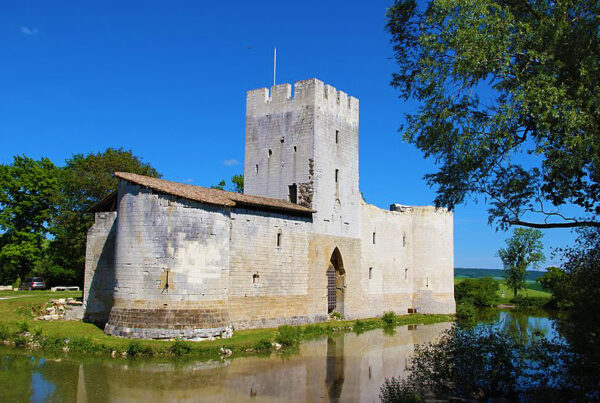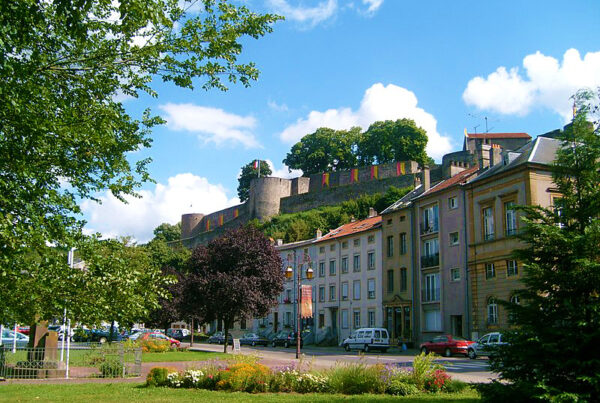The Château de Moustier-Ventadour is a captivating medieval fortress located in Moustier-Ventadour, in the Corrèze department of France. Erected in the 12th century, this castle embodies the architectural grandeur and strategic ingenuity of the medieval period, blending Romanesque and Gothic styles in its design.
Perched on a rocky promontory, the Château de Moustier-Ventadour overlooks the valley below, showcasing its historical importance as a stronghold of feudal power. The castle was originally constructed as a defensive structure, meant to protect its inhabitants and assert dominance over the surrounding region. Its thick stone walls, towering battlements, and strategically placed towers all reflect its military purpose.
Despite its formidable defenses, the Château de Moustier-Ventadour is also a testament to medieval craftsmanship and artistry. The intricate stone carvings, grand arches, and remnants of what were once elaborately decorated rooms hint at the castle’s dual role as both a fortress and a noble residence. Over the centuries, it has witnessed numerous historical events, from feudal skirmishes to the sweeping changes brought about by the French Revolution.
Today, the Château de Moustier-Ventadour stands partially in ruins, with sections of its walls and towers still standing tall against the passage of time. The ruins evoke a sense of historical mystery and romantic decay, drawing visitors who are eager to explore its ancient corridors and imagine the lives of those who once inhabited its walls.
The castle’s surroundings add to its charm, with lush forests and the serene landscape of the Corrèze region providing a picturesque backdrop. As a cultural heritage site, the Château de Moustier-Ventadour serves as a poignant reminder of France’s rich medieval history and architectural legacy. Preservation efforts continue to ensure that this historical monument remains a source of fascination and inspiration for future generations.
In conclusion, the Château de Moustier-Ventadour is not merely a relic of the past, but a living historical site that captures the imagination and offers a tangible connection to the medieval era. Its enduring presence in the heart of France stands as a tribute to the architectural prowess and historical significance of the feudal age.
